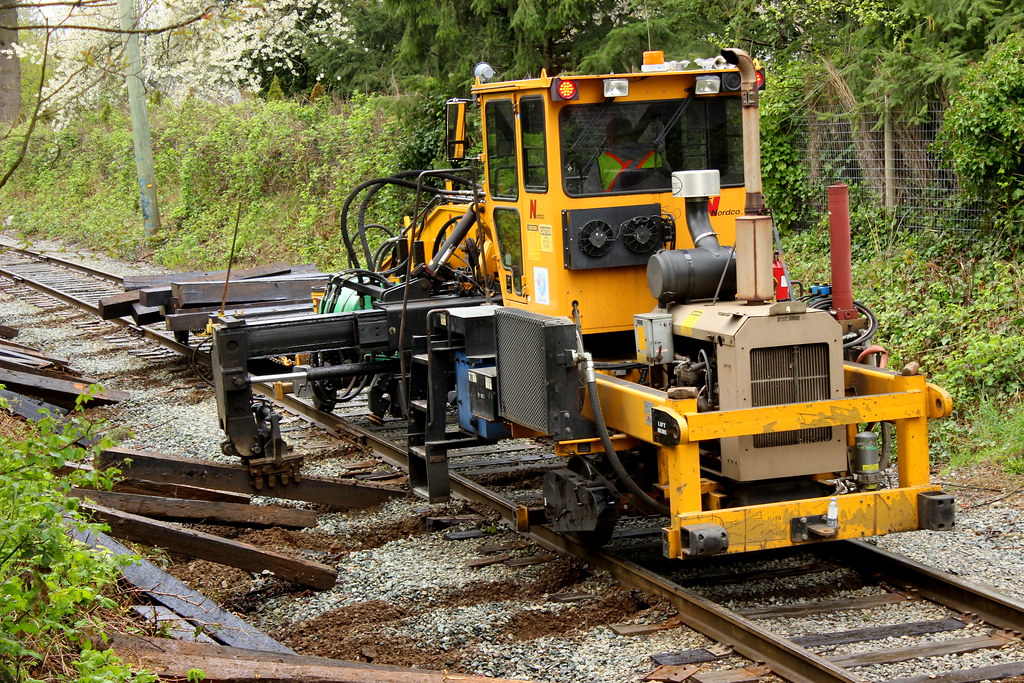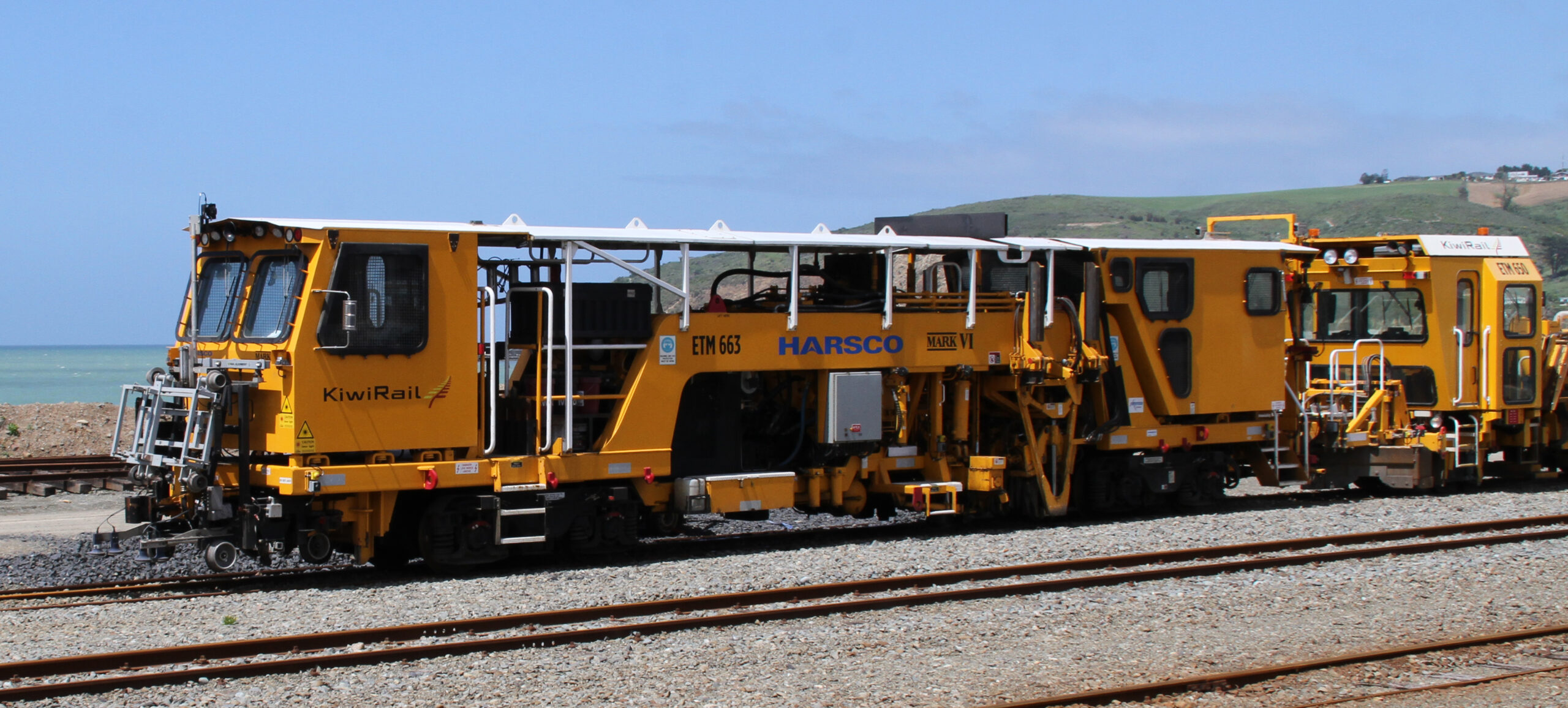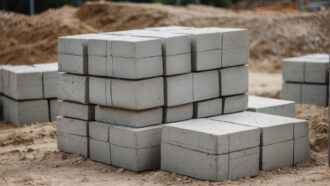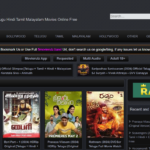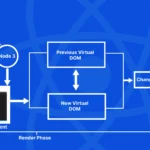Railroad Track Maintenance: What Does It Involve?
- 1 The Modern Equipment in Railroad Track Maintenance
- 2 Railway Work and Maintenance: Welding Technologies Used
- 2.1 Closure Welding
- 2.2 Thermit Welding
- 2.3 Flash-Butt Welding
- 3 Conclusion:
- 3.1 FAQs:
- 3.1.1 What tasks can modern railroad track maintenance equipment perform?
- 3.1.2 What are some examples of versatile functionality in modern maintenance equipment?
- 3.1.3 What are some standard welding techniques used in railway maintenance?
- 3.1.4 How does thermit welding work?
- 3.1.5 What is flash-butt welding and its advantages?
- 3.1.6 Why is choosing the right equipment supplier important in railway maintenance?
- 3.1.7 What benefits does modern maintenance equipment bring to railway operations?
- 3.1.8 How does advanced equipment contribute to railway safety?
In Short:
- Modern Maintenance Equipment: Advanced machinery enables a small team of experts to maintain long stretches of railway track efficiently.
- Versatile Functionality: Equipment combines ballast tamping, levelling, tracklining, rail replacement, and streamlining maintenance operations.
- Diverse Welding Techniques: Various welding methods, including closure welding, thermit welding, and flash-butt welding, ensure solid and continuous rails.
The latest railroad track maintenance equipment allows a small group of experts to maintain a relatively long stretch of railway track. Machines are available to do all the required railroad track maintenance tasks, including:
- Inserting and removing ties
- Tamping and cleaning the ballast
- Replacement and excavation of worn-out ballast
- Aligning the railway track
- Tightening bolts and welding
- Spiking rail
The Modern Equipment in Railroad Track Maintenance
Some machines are designed to perform several tasks. For example, you can find equipment that combines ballast tamping with levelling and track lining. Also, mechanized equipment can renew rail with long welded lengths or conventional bolted lengths. Modern equipment has built-in devices to extract, lift, and pass the old rail to flatcars and bring forward new rail.
Rail welding and grinding equipment run over the railroad track to even out any irregularities on the surface. Track-measurement cars help record all aspects of track alignment, welding, and riding quality on moving charts. This allows maintenance forces to identify the specific areas needing corrective work. Detector automobiles move over the main railway line tracks with electronic inspection devices to identify any internal flaws in the rails.
Railway Work and Maintenance: Welding Technologies Used
Railway maintenance involves a lot of welding activities. Various types of welding equipment and technologies are used in this industry, including:
Closure Welding
Initially, fishplate joints were preferred or used. But these days, it’s usual to weld to create long welded rails. This type of welding results in continuous welded tracks with integrated continuous driving mirrors. This helps minimize the stress and noise from the whole system. Closure welding can be done with filler materials and electric arc welding.
Thermit Welding
This welding technique involves a chemical reaction that a firing stick initiates to obtain slag and steel from a defined powder mixture. Before welding, the rails are perfectly aligned with one another.
The reaction is triggered after installing and filling the sand mould, and the gap is filled with the resulting steel. An ignition road starts the response in the welding crucible. The material reaches anywhere between 2,500 and 3,000 within a few seconds.
Flash-Butt Welding
Electrical voltage helps provide the required welding equipment temperature. The current applied to both rail ends produces an arc at the free ends. A high energy input helps warm these rail ends, and once the required temperature is attained, they’re pressed together under a higher pressure. Once the protruding materials are trimmed, a perfectly welded connection without foreign materials remains with a minimal heat-affected area.
You must find the right equipment and a reputable spare parts supplier to obtain the highest quality railway track maintenance. You’ll be sure that your machine will provide state-of-the-art services. This means an excellent railway track meeting industry standards and user requirements.
Conclusion:
The evolution of railroad track maintenance equipment has revolutionized the industry, allowing for efficient and comprehensive maintenance operations. From versatile machinery capable of multiple tasks to advanced welding techniques ensuring sturdy rail connections, the modern railway system benefits from state-of-the-art technology. Choosing the right equipment and partnering with reliable suppliers is crucial to providing the highest quality maintenance standards for safe and reliable railway operations.
FAQs:
What tasks can modern railroad track maintenance equipment perform?
Modern equipment can insert and remove ties, tamp and clean ballast, replace worn-out ballast, align tracks, tighten bolts, weld rails, and perform various other maintenance tasks.
What are some examples of versatile functionality in modern maintenance equipment?
Equipment can combine tasks like ballast tamping with leveling and track lining, as well as renewing rail with long welded lengths or conventional bolted lengths.
What are some standard welding techniques used in railway maintenance?
Closure welding, thermit welding, and flash-butt welding are common techniques used for welding rails in railway maintenance.
How does thermit welding work?
Thermit welding involves a chemical reaction initiated by a firing stick, resulting in filling the gap between rail ends with molten steel produced from a defined mixture of powder.
What is flash-butt welding and its advantages?
Flash-butt welding involves using electrical voltage to heat rail ends, which are then pressed together under pressure to form a strong weld with minimal heat-affected areas, ensuring a durable connection.
Why is choosing the right equipment supplier important in railway maintenance?
A reputable supplier ensures access to state-of-the-art equipment and spare parts, guaranteeing high-quality maintenance that meets industry standards and user requirements.
What benefits does modern maintenance equipment bring to railway operations?
Modern equipment enables efficient maintenance operations, minimizing downtime and ensuring safe and reliable railway operations, ultimately benefiting passengers and freight transportation.
How does advanced equipment contribute to railway safety?
Advanced equipment helps identify specific maintenance needs through track measurement and inspection, reducing the risk of accidents and ensuring the safety of railway operations.

